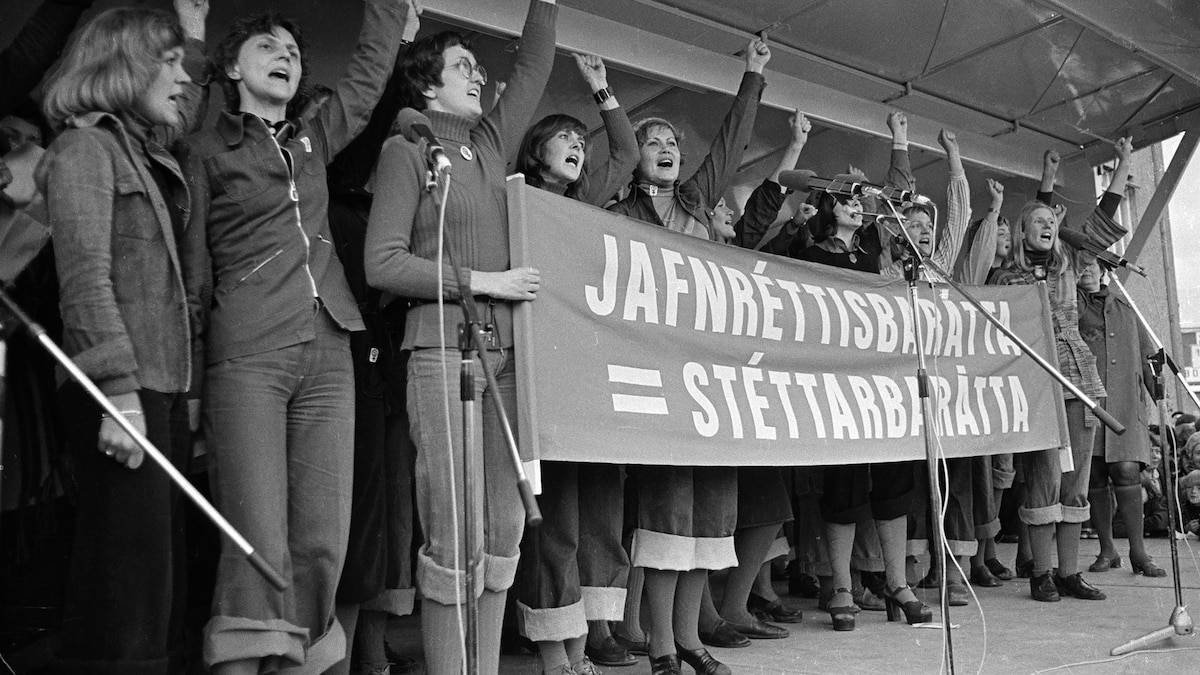Legal Action Against WAPA TV: A Sustainable Development Goals Perspective
Case Summary and Demands
A legal complaint has been filed against WAPA TV, with Axis Insurance Company and ABC Insurance Companies named as co-defendants due to active liability policies. The plaintiff, Mateo, alleges unlawful acts were committed by the broadcaster. The legal action seeks significant remedies, reflecting a pursuit of justice and corporate accountability.
- Compensatory Damages: A minimum of $600,000, including back pay and front pay.
- Statutory Damages: Double compensatory damages as stipulated under Puerto Rico Acts Nos. 115, 100, and 69.
- Reinstatement: Restoration to the prior job position.
- Additional Costs: Coverage of all associated costs and attorney fees.
- Jury Trial: A formal request for a trial by jury.
Alignment with SDG 8: Decent Work and Economic Growth
This case directly addresses the principles of SDG 8, which advocates for full and productive employment and decent work for all. The plaintiff’s demands underscore a commitment to ensuring fair and just employment conditions.
- Fair Remuneration: The claim for back pay and front pay seeks to rectify economic losses, promoting the right to fair wages and compensation for work performed.
- Job Security: The demand for reinstatement highlights the importance of protecting employees from wrongful termination and ensuring stable employment, a key component of decent work.
- Protecting Labor Rights: By invoking local labor laws, the lawsuit reinforces the legal frameworks designed to protect workers from unlawful acts, contributing to a secure and ethical work environment.
Implications for SDG 5 and SDG 10: Gender Equality and Reduced Inequalities
The legal statutes cited in the complaint are fundamental to advancing equality and reducing workplace inequalities, aligning with the objectives of SDG 5 (Gender Equality) and SDG 10 (Reduced Inequalities).
- Puerto Rico Act No. 100: This law prohibits discrimination in employment, providing a legal basis to challenge unequal treatment.
- Puerto Rico Act No. 69: This act specifically targets and prohibits discrimination in employment based on sex, directly supporting the goals of gender equality.
- Puerto Rico Act No. 115: This statute protects employees against retaliation, ensuring they can report unlawful acts without fear of reprisal, thereby fostering a more equitable and transparent workplace.
Upholding SDG 16: Peace, Justice, and Strong Institutions
The lawsuit exemplifies the critical role of strong institutions in providing access to justice for all, a core target of SDG 16. The legal process is being utilized to hold a corporate entity accountable for its alleged actions and to ensure adherence to the rule of law.
- Access to Justice: The plaintiff is leveraging the judicial system to seek a remedy for alleged grievances, demonstrating the function of legal institutions in resolving disputes.
- Corporate Accountability: By naming WAPA TV and its insurers as defendants, the case underscores the importance of corporate responsibility and the institutional mechanisms in place to enforce it.
- Rule of Law: The reliance on established anti-discrimination and labor protection laws reinforces the principle that all individuals and organizations are subject to and accountable under the law.
Analysis of Sustainable Development Goals (SDGs) in the Article
1. Which SDGs are addressed or connected to the issues highlighted in the article?
-
SDG 5: Gender Equality
- The article mentions that the lawsuit is filed under Puerto Rico Acts No. 100, which prohibits employment discrimination based on sex, and No. 69, which sanctions sexual harassment in employment. These legal grounds directly address the core principles of gender equality by seeking to eliminate discrimination and violence (in the form of harassment) against individuals in the workplace.
-
SDG 8: Decent Work and Economic Growth
- The case revolves around an employment dispute where the plaintiff alleges “unlawful acts” by their employer. The lawsuit cites Act No. 115, which prohibits retaliation against employees, and seeks remedies like “reinstatement to her prior job position,” “back pay, and front pay.” These elements are directly related to protecting labor rights and ensuring a safe, secure, and fair working environment, which are fundamental to the concept of decent work.
-
SDG 16: Peace, Justice and Strong Institutions
- The entire article describes the process of seeking legal recourse. The plaintiff, Mateo, is utilizing the justice system to hold a company (WAPA TV) accountable for alleged violations of the law. The act of filing a complaint and seeking a “trial by jury” demonstrates the use of formal institutions to ensure accountability and provide access to justice for individuals whose rights may have been violated.
2. What specific targets under those SDGs can be identified based on the article’s content?
-
Target 5.1: End all forms of discrimination against all women and girls everywhere.
- The lawsuit’s reliance on Puerto Rico Act No. 100, the anti-discrimination law, shows a direct effort to combat employment discrimination, which is a key aspect of this target.
-
Target 8.8: Protect labour rights and promote safe and secure working environments for all workers.
- The legal action is a clear attempt to enforce labor rights. By suing under laws that prohibit retaliation (Act No. 115), discrimination (Act No. 100), and harassment (Act No. 69), the plaintiff is seeking to protect their rights and promote a secure working environment free from unlawful acts.
-
Target 16.3: Promote the rule of law at the national and international levels and ensure equal access to justice for all.
- The article illustrates this target in action. An individual is accessing the formal justice system by filing a lawsuit to enforce national laws and seek a remedy for alleged harm, thereby demonstrating the principle of equal access to justice.
3. Are there any indicators mentioned or implied in the article that can be used to measure progress towards the identified targets?
-
Indicator 5.1.1: Whether or not legal frameworks are in place to promote, enforce and monitor equality and non-discrimination on the basis of sex.
- The article explicitly mentions the existence of such legal frameworks by name: “Puerto Rico Acts Nos. 115, 100, and 69.” The lawsuit itself is an example of an attempt to enforce these frameworks.
-
Indicator 8.8.2: Level of national compliance with labour rights… based on… national legislation.
- The lawsuit is based on national legislation concerning labor rights. The filing of such a case implies that there are mechanisms to address non-compliance and can be considered a data point in measuring the enforcement and challenges to national labor laws.
-
Indicator 16.3.3: Proportion of the population who have experienced a dispute in the past two years and who accessed a formal or informal dispute resolution mechanism, by type of mechanism.
- The article provides a specific example of this indicator. Mateo has experienced a dispute with an employer and has “accessed a formal… dispute resolution mechanism” by filing a complaint in court and seeking a jury trial.
Summary Table of SDGs, Targets, and Indicators
| SDGs | Targets | Indicators |
|---|---|---|
| SDG 5: Gender Equality | Target 5.1: End all forms of discrimination against all women and girls everywhere. | Indicator 5.1.1: The article mentions the existence of legal frameworks (Puerto Rico Acts No. 100 and No. 69) to enforce non-discrimination on the basis of sex. |
| SDG 8: Decent Work and Economic Growth | Target 8.8: Protect labour rights and promote safe and secure working environments for all workers. | Indicator 8.8.2: The lawsuit is based on national legislation concerning labor rights (Acts 115, 100, 69), and its filing represents an action to ensure compliance. |
| SDG 16: Peace, Justice and Strong Institutions | Target 16.3: Promote the rule of law at the national and international levels and ensure equal access to justice for all. | Indicator 16.3.3: The article describes an individual accessing a formal dispute resolution mechanism (the court system) to resolve a conflict with an employer. |
Source: hcamag.com







